Hashic Bawa was not yet born when Hindustan Photo Films, India’s only public sector photo film manufacturing company, stopped manufacturing at the turn of the millennium. Digital cameras were getting popular, and the sales of film were falling drastically. Over the next decade, studios would stop processing films altogether and old film cameras would end up in the display of boutique hotels or cafes.
It was by chance then that Kochi-based Bawa discovered film photography when he finished high school six years ago. Today, the 21-year-old is among the most sought-after developers in India’s burgeoning film photography community. He says he processes some 60 films a month. “Back then, I did not have the money to buy a digital SLR camera. So, I bought an old film SLR camera from a scrap shop and also got some expired rolls. The first couple of rolls were developed and scanned at labs in Bengaluru, which I found to be expensive, at close to ₹1,000 per film,” he says.
Shot on film by Abhijith Narayanan.
His interest fired by books on photography, Bawa joined online forums to learn more about the craft. “Today, the community has expanded and we have begun to look for ways to make film photography affordable. We are now creating our own chemicals,” he says.
The revival of interest in film and related analogue processes began just five to six years ago, with photography enthusiasts coming together online and on WhatsApp groups to share knowledge and find community and resources. Now, a generation that has literally grown up on a digital diet is propelling this art form’s comeback. The trend got a shot in the arm during the pandemic, when quite a few Gen Z-ers discovered the older, patient way of image-making.
Charm of unpredictability
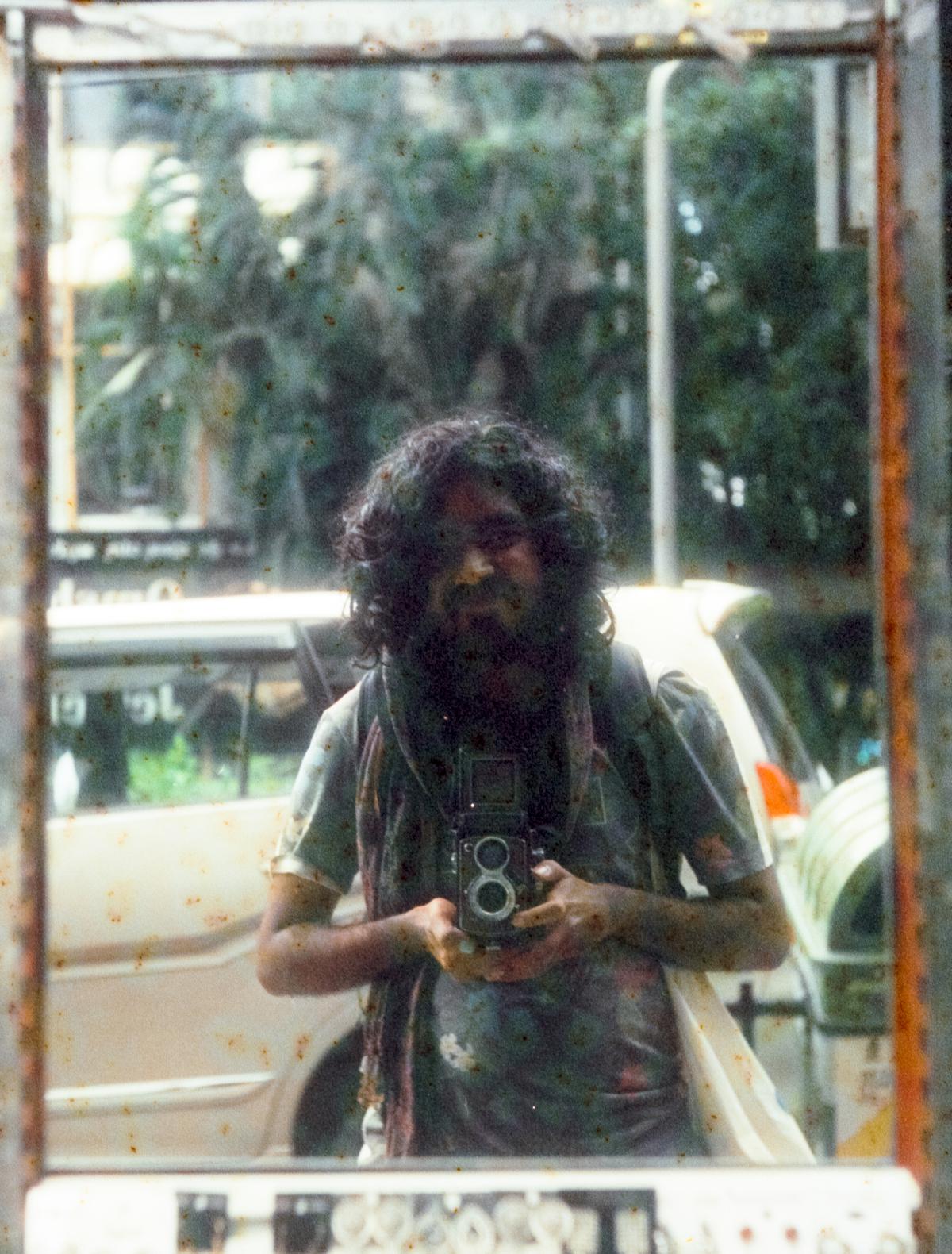
A selfie on film by Thiruvananthapuram-based videographer Abhijith Narayanan.
Abhijith Narayanan, 25, a Thiruvananthapuram-based videographer says he’s always had an interest in analogue devices such as typewriters. “In 2021, I bought a Yashica-D camera because I was interested in the actual object, not in photography. Then I realised that the photographs from these cameras are of a unique quality that can’t be achieved with digital,” says Narayanan, who is now in the process of setting up his own dark room. “I want to try out historic developing methods like autochrome that uses potato starch.”
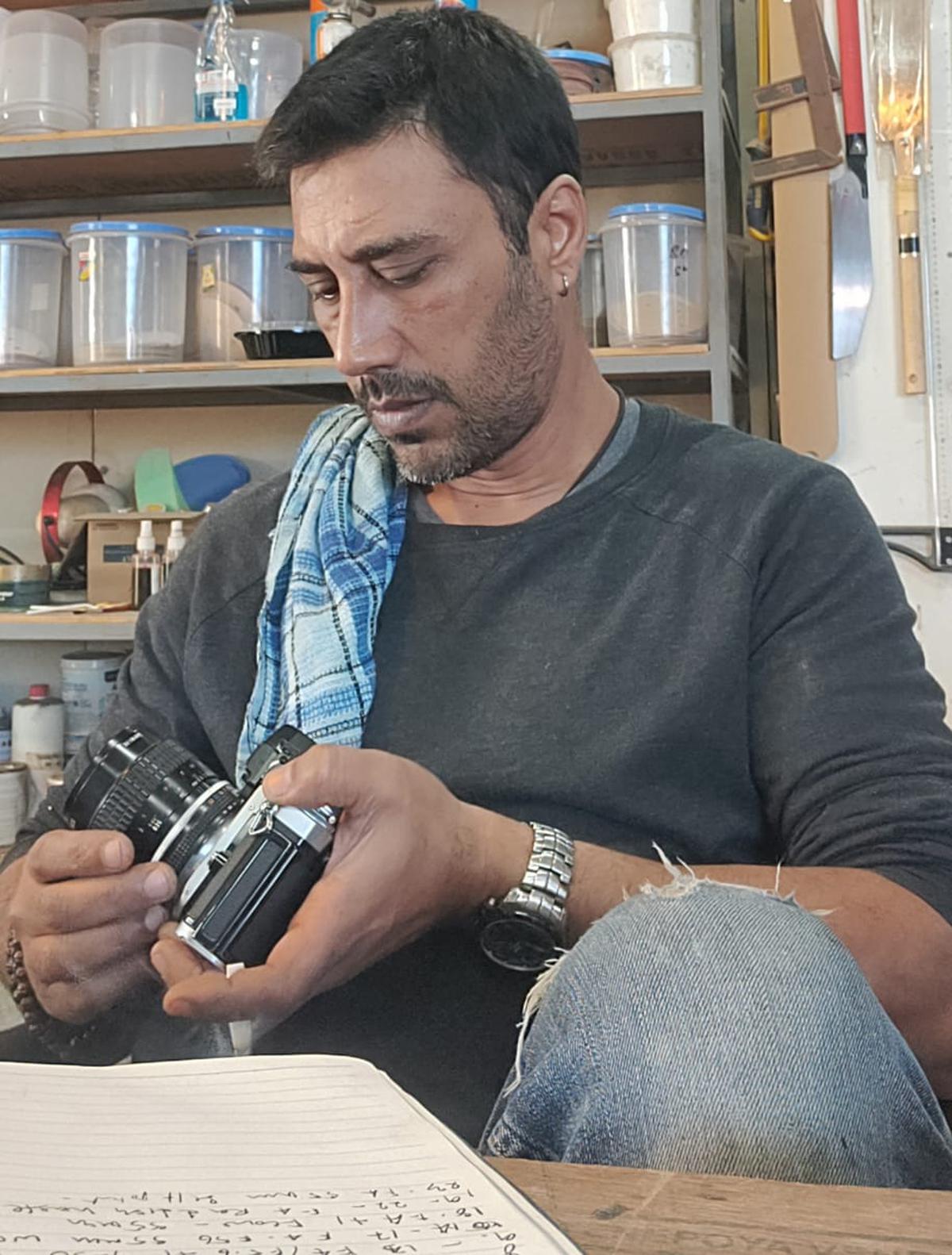
Bengaluru-based Sacha Greenwood, who is among the prolific film photographers in the community.
A kind of unpredictability marks the film developing process and it is this uncertainty that young film enthusiasts find most rewarding in a world of instant gratification. Bengaluru-based Sacha Greenwood, a maker of artistic furniture and one of the prolific film photographers in the community, calls it a bittersweet experience, considering the number of times things have gone wrong (like getting a blank film because it was not loaded properly). “Even today, it’s a daunting feeling to open the developing tank each time, not knowing if the images have turned out as expected,” he says.
Nikil Jonathan, 33, a Thiruvananthapuram-based automobile expert and a popular developer in film circles, initially relied on labs in Delhi, but some of them were using old chemicals, which resulted in colour shifts and other blemishes on the negatives. “I soon realised that developing at home was the best route. Most of the developer recipes are available online and chemical agents such as hydroquinone, borax, etc. are easy to procure. Buying developing tanks and dark bags can seem expensive at first but are worth it in the long run,” says Jonathan, who shot digital for over a decade before making the shift to analogue.
Just about three years ago, one could assemble a basic developing kit comprising a dark bag, developing tank and chemicals for about ₹5,000. But with film’s increasing popularity, the prices have shot up. The cheapest starter kit in the market is now priced at ₹14,000. A used film SLR camera, however, can still be bought for as less as ₹3,000.
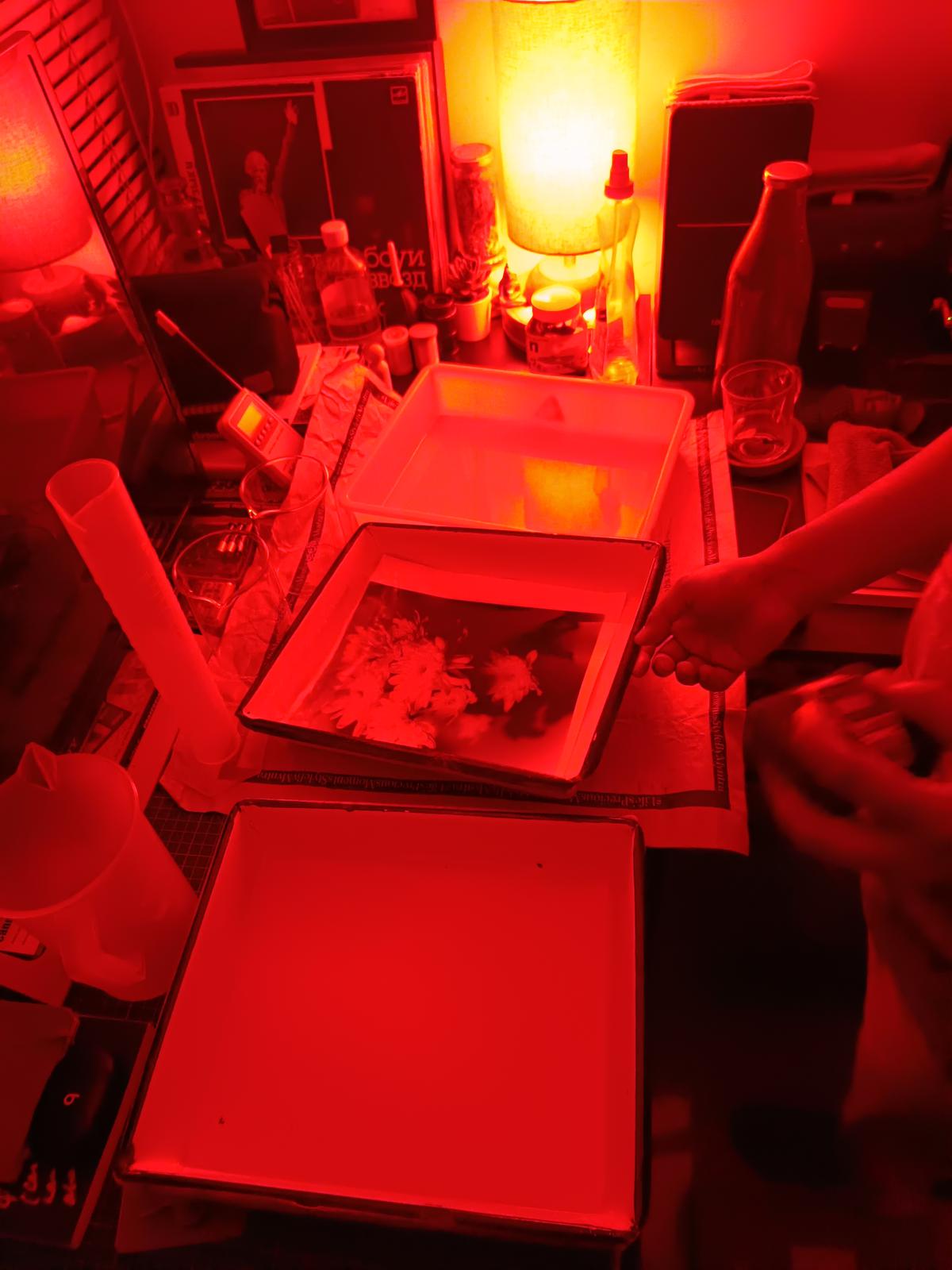
Nikil Jonathan developing film in the darkroom.
One of the first stops for enthusiasts in film photography currently is the exhaustive beginner’s guide and analogue photography resources, including a list of trusted sellers and film developers, compiled by Hyderabad-based Ajit Nathaniel (https://clikte.com/ resources). “I had consistently bad experiences with dealers and repair people initially. So, I wanted there to be a resource for newbies. It is a dynamic list, where new sellers and developers are added based on references, while also updating negative feedback about existing ones,” says Nathaniel.
For a first-timer, the sheer volume of information on the many forums about second-hand cameras, developing processes, the amount of grain on a particular type of film, and reviews of photos can be daunting, but they soon become their go-to place for anything related to film photography. Conversations there often veer toward large format cameras like Vageeswari, a wooden field camera made in the 1940s in Kerala, and other such niche topics within the niche territory that is film photography.
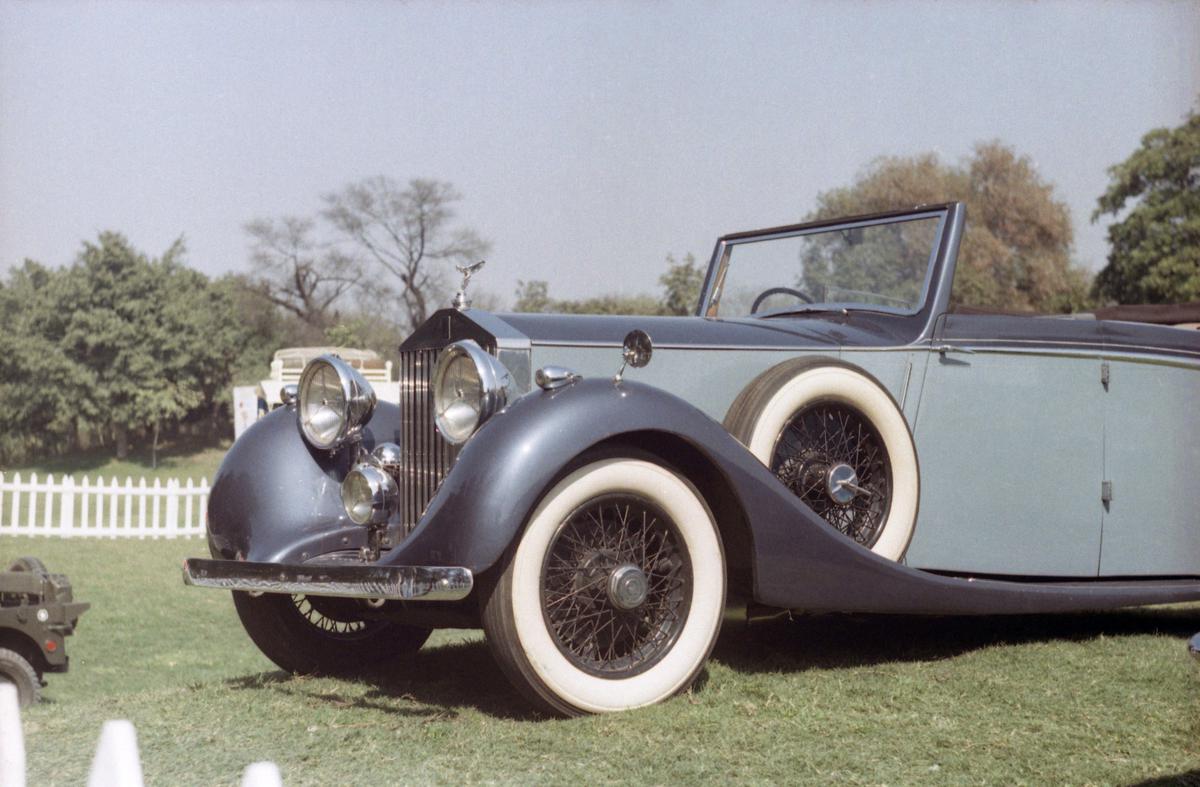
A shot by automobile expert and film developer Nikil Jonathan.
Steady demand
The growing numbers on these forums attest to the popularity of analogue as does the speed at which patrons pick up decades-old cameras listed for sale. But, according to Mumbai-based Manish Patil, a major dealer of used film cameras, the past few months have witnessed a slump in camera sales due to increase in customs duty and shipping cost of film. Currently, Delhi-based Eastern Photographic Company and Chennai-based Srishti Digilife are the major importers of film in India.
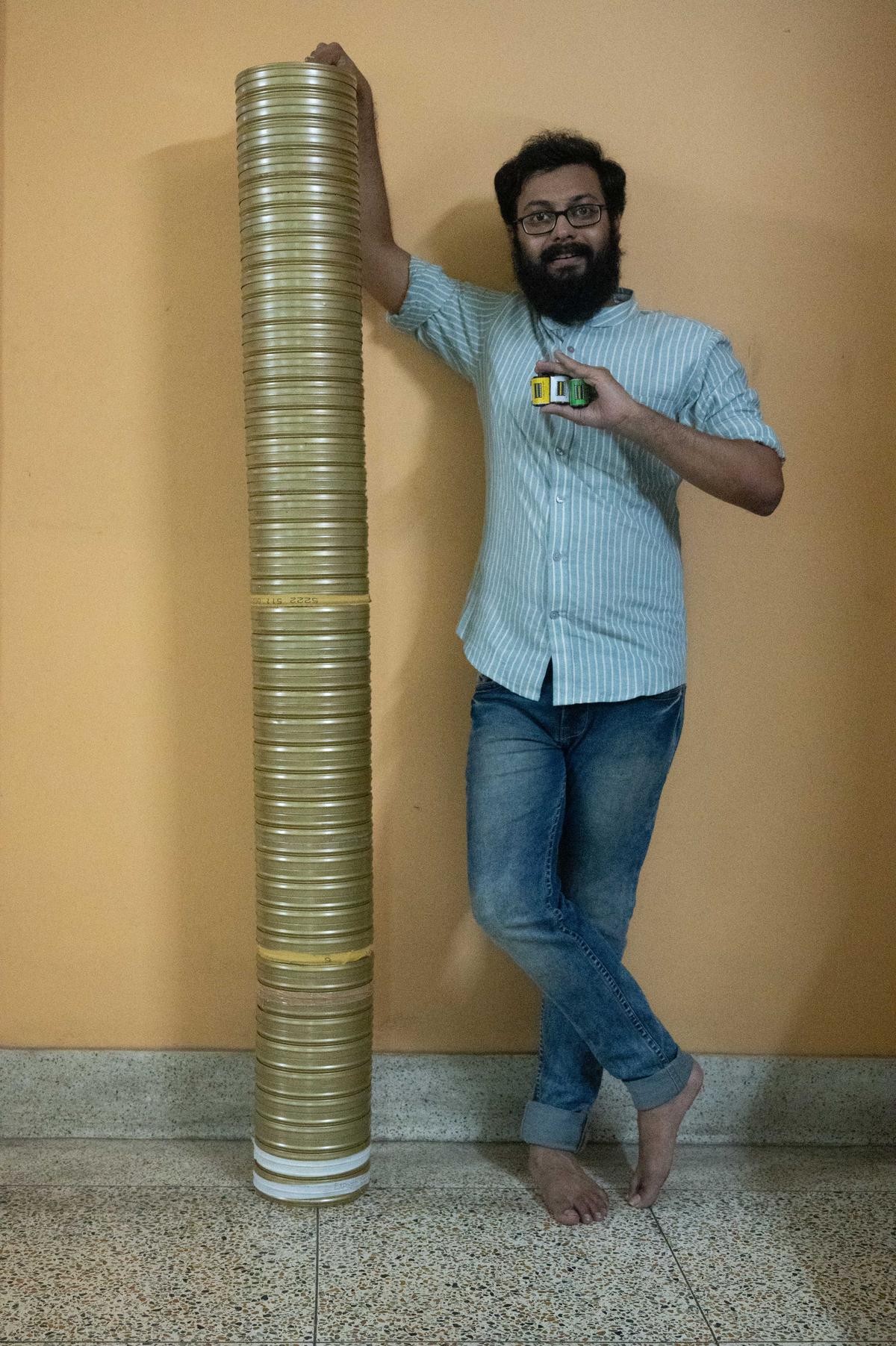
Sarbajoy Paul with containers of bulk film and his Tollygrunge brand of respooled film.
With prices hitting the roof, young enthusiasts have found other workarounds such as getting bulk rolls and cutting and sharing them. Kolkata-based Sarbajoy Paul, 29, has released his brand of Tollygrunge film, made from re-spooled Kodak Double X film. “When film photography began taking off here, I started buying Kodak Double X film in bulk, which was then repackaged and sold under the name of Tollygrunge. It became an instant hit. Now, we have three versions of Tollygrunge in black-and-white and colour,” he says.
With major international players once again investing in film — Pentax recently announced a new camera with a hand-winder and fixed lens — the trend looks set to sustain for a while. At least until there are those who wish to slow down a tad in a fast-moving world.
praveen.sr@thehindu.co.in